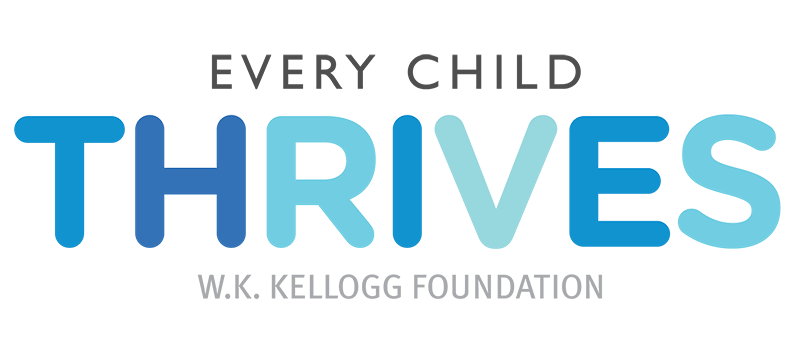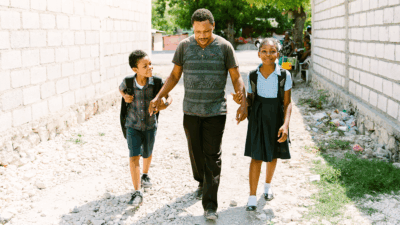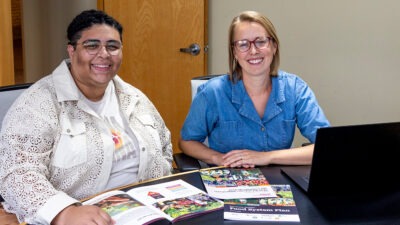In brief
While New Mexico has been historically ranked among the poorest states, modern income support programs are helping families build financial stability — progress that outdated measures fail to capture. A new report from New Mexico Voices for Children highlights how the Supplemental Poverty Measure (SPM) — which includes data on nutritional assistance, childcare aid and tax credits – reveals a far different picture than the traditional Official Poverty Measure (OPM).
According to the SPM, New Mexico ranks 17 in the nation for child poverty, lower than the national average, rather than last place under the OPM. This dramatic shift highlights how policy choices and food security programs have strengthened family economic security.
Why this matters
For decades, the Official Poverty Measure (OPM) has shaped the understanding of poverty in the United States. However, this measure is based on 1960s household spending patterns. This outdated formula does not account for rising costs of housing, child care, medical expenses or regional cost-of-living differences — and it ignores the impact of public benefits.
By contrast, the Supplemental Poverty Measure (SPM) provides a more comprehensive view of economic well-being, factoring in income supports and necessary expenses. There are some limitations. The SPM does not account for wealth disparities, access to Medicaid or systemic barriers to economic mobility.
New Mexico’s antipoverty policies are making a difference, according to the SPM. Thousands of families are leveraging state-level investments in programs like tax credits and child care assistance to build financial stability and break free from poverty.
How New Mexico is leading the way
New Mexico’s policy choices have led to real progress in reducing child poverty:
- Tax credits for working families: the Working Families Tax Credit and Child Tax Credit provide direct financial relief to parents, helping them cover essential expenses.
- Child care assistance: expanded eligibility for child care subsidies and free, universal PreK allows more families to access affordable, high-quality early education.
- Nutritional assistance: programs like SNAP and universal school meal programs ensure children do not go hungry.
While the expiration of federal pandemic-era relief programs caused child poverty to more than double nationwide— rising from 5.2% in 2021 to 12.4% in 2022 — New Mexico’s continued investment in state-level programs softened the blow.
The human impact: how income supports change lives
When parents no longer have to choose between paying rent and buying groceries, or when child care assistance allows them to work more hours and improve their family’s financial stability, the cycle of generational poverty is disrupted.
One major takeaway from the report — policy changes don’t just shift statistics, they create economic mobility.
“Robust benefit programs and low costs of living dramatically decrease the lived experience of poverty in our state when comparing poverty rates from the OPM and SPM.” – New Mexico Voices for Children
The opportunity
While state investments have been effective, continued progress requires sustained commitment from policymakers.
To further reduce child poverty, New Mexico should:
- Protect and expand tax credits for working families.
- Ensure access to affordable child care through continued funding of subsidies.
- Strengthen food security programs to ensure no child goes hungry.
- Increase investments in housing assistance and Medicaid access to address gaps in poverty measurement.
New Mexico’s progress proves that poverty is not a fixed reality — it is a policy choice. With continued investment in families, the state is demonstrating how smart policies can create a future where all children thrive.
RECOMMENDED READING
- New Mexico Voices for Children Report
- Differences Between Poverty Measures May Reflect Differences in Housing Costs or Noncash Benefits Across States
- U.S. Federal and State Poverty-Reduction Policy: Divergence in Discretion







Comments